Director Michelle Garza Cervera manages to pack a lot into her slow burn Huesera: The Bone Woman. She deftly examines motherhood and identity while creating a solid horror flick that is grounded and punctuated with moments of hallucinatory terror. She knows how to build character and tension and how to keep you on your toes. Most importantly, she holds off the big guns until the climax.
It starts simply enough. A young woman, Valeria (Natalia Solián), is pregnant after years of trying. Her husband, Raúl (Alfonso Dosal), is ecstatic. Valeria, a furniture maker, builds a crib and mobile for the upcoming baby. Yet her family, though happy for her, questions her fitness as a mother. Her sister, Vero (Sonia Couoh), in particular, is resentful. While Valeria went to university, Vero started a family right away and comes across as somewhat miserable. The family also brings up a babysitting incident as evidence Valeria might not be the best candidate for motherhood.
Valeria, though outwardly serene, has a habit of cracking her knuckles loudly, and sound designer Christian Giraud makes sure we hear every joint crackle. As her due date approaches, she is told (obviously) to quit smoking and (less obviously) to stop building the crib because the chemical fumes she is using to treat the wood might hurt the baby, and so her anxiety increases—as does the knuckle cracking.
One evening Valeria, unable to sleep, looks out a window and notices a woman standing on a balcony across the street. The woman then balances on the railing and leaps off to her seeming death. Valeria is stunned as she sees this woman’s broken body on the ground, legs and arms awkwardly askew. She is more dumbfounded when the woman looks up directly at her with the clear sound of a bone snap. When she brings her husband to the window to point out what she has just witnessed, the woman is gone.
One of the strengths of Huesera is that we are, at the end, never sure if the woman who Valeria sees more and more often is a hallucination or a legitimate supernatural entity. Valeria’s aunt, who is not shunned but definitely looked down on by her family for not having kids or been married, is the only family member who takes Valeria seriously. She sends her to a healer who says Valeria has something dark is inside her, which further muddies the water. At one point, it feels like there may be possession involved, or may not.
Which is Garza Cervera’s point. Becoming a mother involves and necessitates a rearrangement of priorities. Some people are prepared for that, and some struggle. And, of course, in a patriarchal society, the pressure to be a certain kind of mother involves more identity loss.
About a third of the way through, we flash back to Valeria’s late teens as a scrappy punk running through the streets with her friends, drinking, and seeking furtive kisses with her friend Octavia (Mayra Batalla). At that moment, we wonder why we’re going back in time, since it appears to break a specific rhythm Garza Cervera has expertly built. When Valeria’s Bone Woman/doppelganger/stalker starts physically creating dangerous situations, the older Valeria seeks Octavia out after a long absence, and starts spending more time with her, and eventually we connect the dots. The teenage Valeria is her truest self, perhaps her purest, that has been sublimated so that she can acquire the nice things she has, the loving husband, and more acceptance (but not much more) from her family.
Once the baby is born, and the Bone Woman does not leave, Garza Cervera offers an expert reveal that is deeply unsettling and original in its vision. It cleans everything up metaphorically, yet some questions are left unanswered, leaving the audience not unsatisfied, but unsure.
None of this would work without a breakout performance by Natalia Solián as Valeria. She has large expressive Anya Taylor-Joy eyes and a placidness in her movements that are clearly a front for the anxieties bubbling beneath. Her unraveling in the face of the uncertainty of what and who the Bone Woman is, what she wants, and if she is even real is skillfully tracked. You can feel the energy vibrate from her, and she has that ephemeral quality where the camera is fascinated by her and, in turn, so are we.

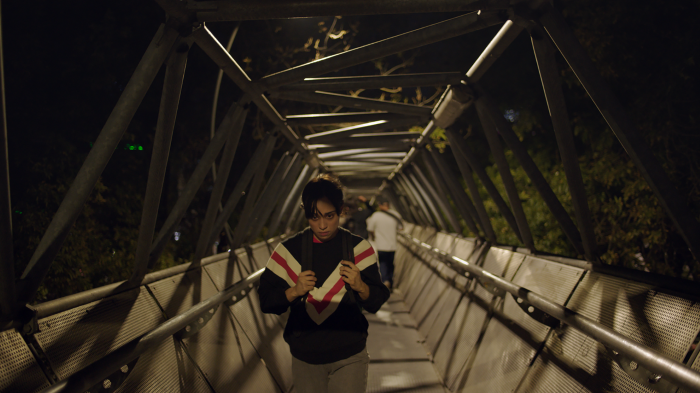
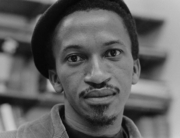
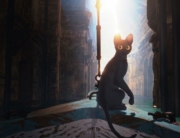

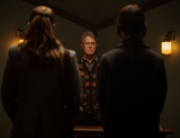
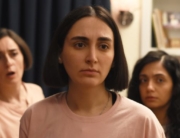
Leave A Comment